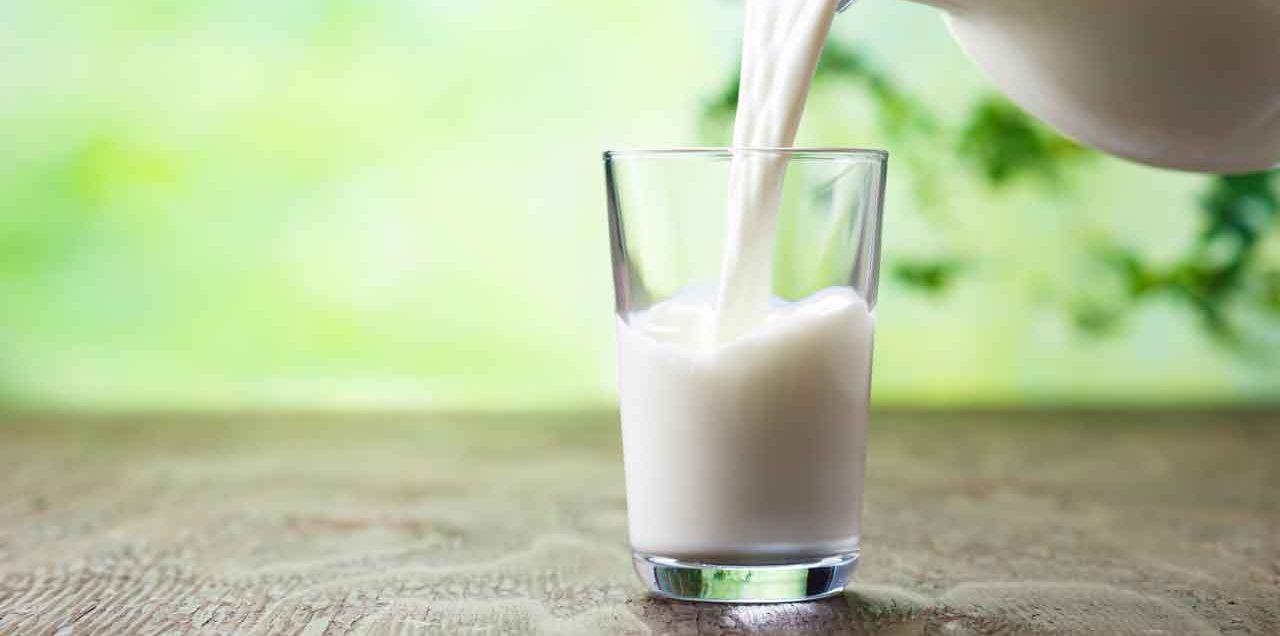Is Raw Milk Safe?

There’s no scientific reason to drink raw milk — and it can be dangerous, which is why it’s illegal to sell in many states. Here's what you should know.
One August, several people who drank raw milk from a farm in Minnesota became ill, including a child who was hospitalized, infected with E. coli bacteria and Cryptosporidium parvum, a parasite commonly found in cattle.
A few months later, there was another outbreak, from raw milk infected with Campylobacter, in Utah; another infected child required hospitalized.
You may have been tempted when you saw raw cow or goat milk for sale at a local grocer or available at a nearby farm. Proponents say raw milk tastes better than the milk you find in grocery stores, which has been pasteurized, heated to kill harmful bacteria.
YOU MIGHT ALSO LIKE: Should I Try the Raw Foods Diet Plan?
You might also like the idea of milk that has been less processed and perhaps less exposed to environmental chemicals.
But raw milk isn’t reliably safe. Sometimes food labeled “natural” isn’t better for you.
Cattle carry microbes that are dangerous for people and shed them in their manure even though the animal is not sick. Manure can contaminate the milk while the cow is milked, explains Carrie Klumb, a senior epidemiologist in the Minnesota health department.
“Consuming any unpasteurized milk, no matter how well the animals are cared for and how clean the operation is, puts people at risk for getting sick,” she said.
Growing your own vegetables, eating locally grown produce, knowing your farmer — all are undeniably great for your health and community. But raw milk is one trend to skip.
What is pasteurization?
Pasteurization got its name from Louis Pasteur, who chanced upon the right method in 1864. Before pasteurization became standard in the U.S. during the 1900s, people who drank milk often caught tuberculosis, typhoid, and other deadly illnesses.
Studies show pasteurization — which heats milk for a few seconds, often to 140 degrees Fahrenheit, well below its boiling point — changes the nutritional makeup of milk hardly at all. The few vitamins removed during pasteurization — less than 10 percent of vitamin C and some of the B vitamins — are easy to get through a healthy diet, while beneficial bacteria are much more safely obtained via a probiotic.
Is raw milk legal?
Selling raw milk across state lines is illegal in the United States, but 26 states allow it to be sold in-state with various regulations. States that permit the sale of raw milk have more than three times the outbreaks of milk-related illness.
Is raw milk ever safe?
Up to a third of all raw milk samples contain pathogens, even when the milk looks fine and comes from a healthy animal. You can see a list here of some of the common pathogens found in raw milk. Choosing raw over pasteurized milk raises your chance of getting sick by 150 times.
These days, you might experience nausea, vomiting, diarrhea, or flu-like symptoms from drinking raw milk contaminated with Salmonella, E coli, or Listeria — bacteria pasteurization commonly removes. It’s common to end up with infections from more than one pathogen.
Around the world, scientists are finding bacteria in raw milk that is becoming resistant to antibiotics, so you might not find a simple cure if you’re infected. In addition, when you take antibiotics, you risk changing the balance in your gut in negative ways.
The one possibly safe way to drink raw milk is raising a cow if you manage your cow well.
Many cheeses, particularly artisanal, are made with raw milk. To be sold in the United States, however, cheese made from raw milk must be aged for at least 60 days, which appears to be long enough to kill bacteria naturally. One study showed that raw-milk cheeses sold in American stores harbored very little harmful bacteria.
Who is most at risk from raw milk?
For some people, raw milk may not be worth the risk. The Centers for Disease Control and Prevention (CDC) strongly recommends pregnant women avoid raw milk or any cheeses made from it to avoid Listeria, which can cause miscarriage or fetal or newborn death or illness.
Children, teenagers, and those with compromised immune systems should also avoid raw dairy or products made from it. In an analysis, the CDC found raw milk was most likely to harm children and teenagers. You should never give unpasteurized foods to an infant or child.
Should you buy organic milk?
Some people like to buy directly from farmers to avoid a range of chemicals in their food. During the industrialization process, milk comes into contact with metals, residues of cleaning products, and mycotoxins, among other substances.
Commercial milk, even after pasteurization, contains pesticides and metals cattle consume through feed, forages, and water.
For some people, that is an argument for choosing organic milk and advocating for other purifying processes in addition to pasteurization.
Organic milk is certified with the promise that it comes from cows that aren't treated with antibiotics or given hormones for growth or reproduction and receive at least 30 percent of their diet from pasture.
Note, however, that even non-organic milk does not contain antibiotics or harmful hormones, according to the American Dairy Association. All milk is tested for commonly used antibiotics upon delivery at dairy plants; any milk that tests positive cannot be sold to the public.
Updated:
November 30, 2023
Reviewed By:
Christopher Nystuen, MD, MBA and Janet O'Dell, RN